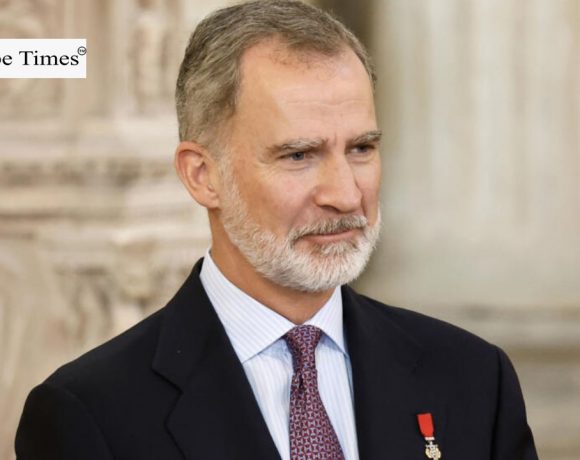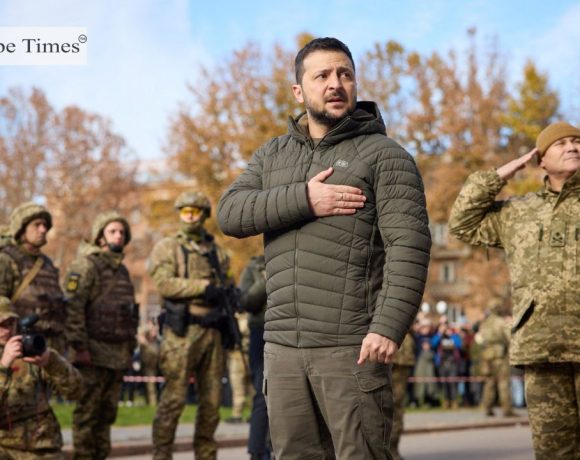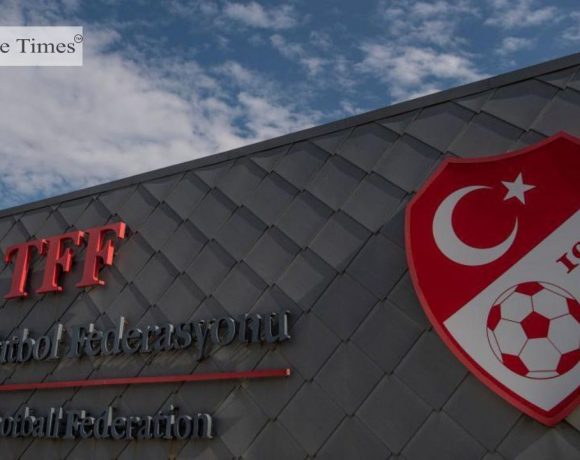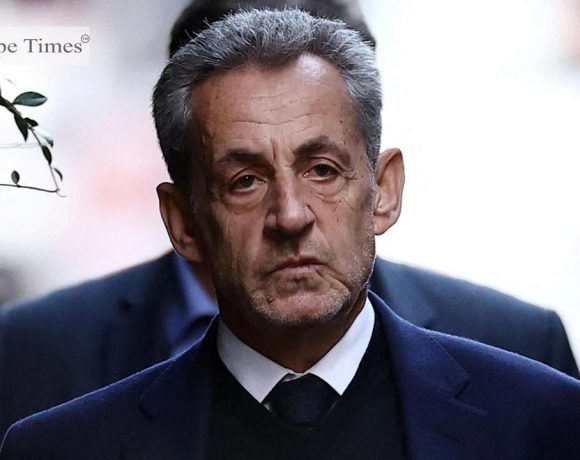
Marks & Spencer (M&S) is overhauling its fashion supply chain from “factory to floor” as part of a major strategy to double its annual online fashion, home, and beauty sales to nearly £3 billion ($4 billion). John Lyttle, who took charge as Managing Director for Fashion, Home, and Beauty in March, said the revamp aims to make M&S a fully omnichannel retailer by modernizing how products are sourced, stored, and delivered to customers. The move follows a strong recovery after an April cyberattack that disrupted online operations and caused around £300 million in losses.
The 141-year-old retailer is investing £120 million in automation to improve efficiency and resilience across its operations. Lyttle emphasized that simplifying logistics and strengthening supply chain partnerships—particularly with factories in Asia and Europe—will help reduce costs and ensure smoother product flow. He noted that M&S has already improved its reputation for value, quality, and style, with fashion, home, and beauty sales rising 9% over the past three years and its market share climbing to 10.5%.
M&S plans to deepen long-term supplier relationships to secure consistent product availability amid global trade challenges. The company also aims to increase online’s share of total non-food sales from 34% to 50% in the coming years. Investors see the shift as a major growth opportunity, with experts saying the modernized supply chain could enhance margins and cement M&S’s position as a leading online and in-store fashion retailer in the UK.
Pic Courtesy: google/ images are subject to copyright









